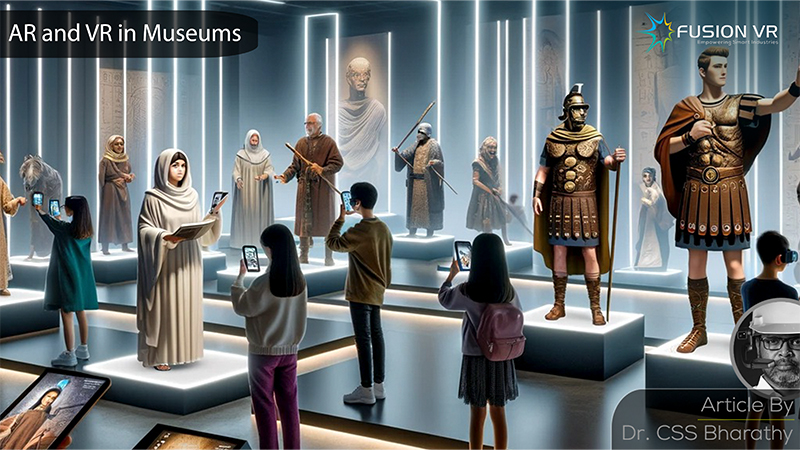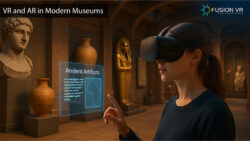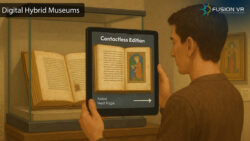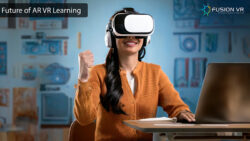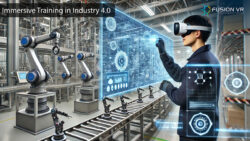Technology has finally made its way into general museums and corporate experience centres. While science museums always had to use technology to showcase various technologies, the advent of AR and VR has changed the game for visitors. The museum visit is no longer a walk through the exhibits and trying to read the nuggets of detail that the museum wanted to leave there.
In most cases, it would be just a description of what is behind the glass case. Augmented Reality and Virtual Reality are transforming museums into places of joyful learning and the appreciation of everything past, present and future. They are integrating virtual and augmented reality technologies in museums and making great efforts towards creating the digital museum of the future.
Augmented Reality is the most accessible technology for museum-goers to wish to enjoy an interactive experience. All museums have exhibits, and one cannot truly learn about all of this without a good human guide. Such guides are hard to come by as there is a shortage of interested and educated people who offer that service. Audio guides are available in most museums, but it usually has low-quality headset which makes it difficult to listen, particularly in a noisy environment. AR museum solutions are an effective replacement for human and audio guides. Visitors can use their own smartphones to obtain a high-quality experience with the aid of an augmented reality application. It can be easily downloaded from an app store and installed.
The experience inside the museum is often activated upon scanning a QR code near the exhibit. The application reveals all the information available about that exhibit using text, images and graphics. It can also launch a human guide to explain everything about the exhibit. The application allows you to view a 3D model of the exhibit and rotate it in all directions to get a complete view. It can bring to life the exhibit you are viewing with highly realistic graphics, taking you back in time to a period that you may not have seen anywhere else. The experience can be gamified to make it interesting to the young digital generation. They can also use this information to work on school projects and support research endeavours. The same AR experience can be made more immersive by using AR goggles that provide an immersive feeling as well as freeing your hands with voice-activated commands.
Immersive Museum Experiences with VR Technology
While Augmented Reality makes the museum visit more interactive, VR technology in museums can provide an even greater immersive experience without even stepping into a museum. Virtual Reality tours are available to those who are unable to visit a museum for a variety of reasons. Museums worldwide have developed applications that allow a virtual walkthrough of a real museum and getting up close to all the exhibits and experiences there by simply donning a high-quality VR headset. The good thing is that you can ignore museum hours, and forget about aching legs and the long drive back when you are on a virtual tour. The technology, solution providers, and VR hardware has become so advanced that such experiences make you feel as satisfied as a real physical visit to the museum. VR experiences are also available in the museum for visitors. VR goggles are wall mounted or available to visitors in a VR experience centre to have a first-hand experience of the magic of this technology and see for themselves how immersive it can be. A VR museum experience can take you into a virtual recreation of an actual area or a completely imaginary and futuristic environment. It can take you to the Jurassic age and walk amongst the dinosaurs and many such experiences.
These are just a few broad explanations of how VR and AR technology is being deployed in today’s interactive museums. They have helped to revitalise public interest in museums and help communities advance their awareness and understanding of their country and the world around them. It has made children more keen learners and helped them satisfy their curiosity. It has made visitors experience technologies that enhance human capabilities and experiences. It is now in the hands of museums, their technical and creative teams engaging with AR VR solution developers to identify use cases and implement them.

